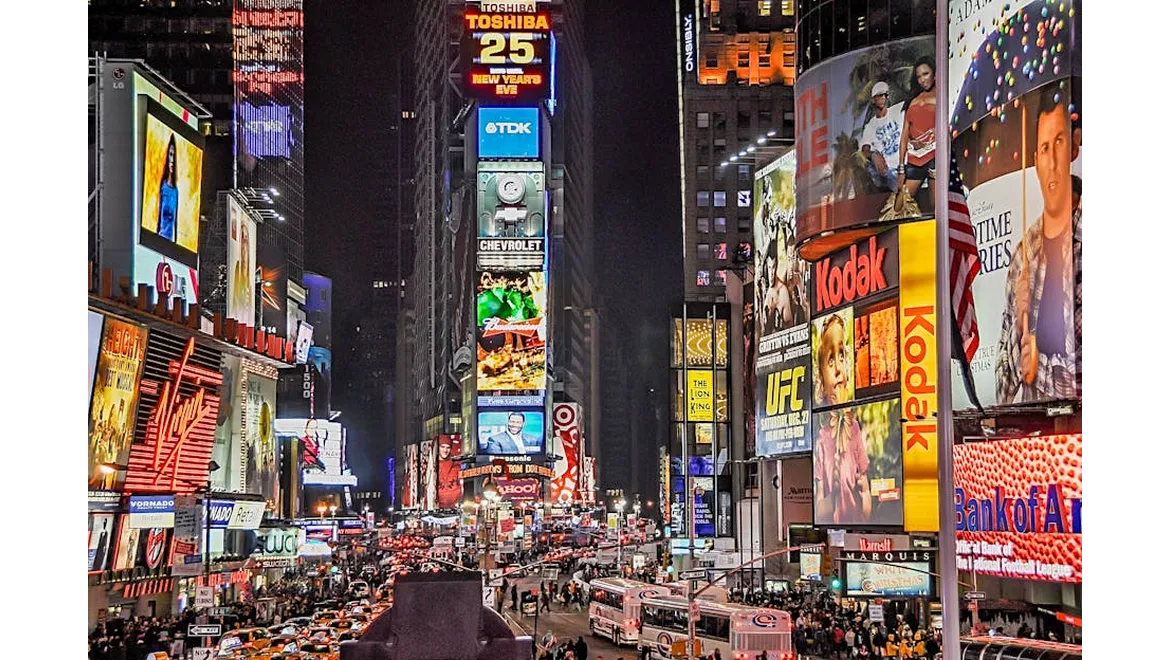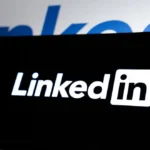Exploring the world of social media advertising can feel like navigating a labyrinth. That’s exactly how I felt before I stumbled upon a few inspiring case studies of brands that not only found their way but also thrived, maximising their return on investment (ROI) in ways I hadn’t thought possible. Let me take you through my journey of discovery and share the actionable insights I gleaned from these success stories.
Nike’s Instagram Triumph
Nike’s approach to Instagram advertising is nothing short of legendary. They have a knack for storytelling and creating visually arresting content that resonates with their audience. The key takeaway from Nike’s strategy is their use of user-generated content (UGC). By encouraging customers to share their own stories and images of Nike products in action, they create a community that feels personally connected to the brand.
How you can replicate this: Start by identifying your most passionate customers and encourage them to share their experiences with your product. Create a branded hashtag, and don’t be afraid to feature user content on your official page. This not only builds engagement but also acts as authentic advertising from real users.
Airbnb’s Facebook Ad Strategy
Airbnb’s success on Facebook is a testament to the power of targeted advertising. Their campaigns often feature user-generated content and real-life stories, making the ads feel more relatable and trustworthy. More importantly, Airbnb uses Facebook’s robust targeting tools to reach specific demographics, from frequent travellers to hosts.
To follow in Airbnb’s footsteps: Utilise Facebook’s targeting options to hone in on your ideal audience. Segment your audience based on behaviour, interests, and demographics to ensure your ads reach the right people. Additionally, leverage user-generated content to make your ads more authentic and engaging.
Starbucks’ Twitter Engagement
Starbucks’ Twitter strategy is a wonderful example of how to use social media for customer engagement. They actively respond to customer tweets, often within minutes, and use the platform to promote new products and special offers. Starbucks also runs creative campaigns that encourage interaction, such as the #RedCupContest.
How to apply this: Make sure your social media team is responsive and ready to engage with your audience. Encourage interactions through creative campaigns and hashtags. Prompt responses not only improve customer satisfaction but also boost your brand’s visibility and credibility.
Glossier’s Instagram Shopping Feature
Glossier, a beauty brand, excels at utilising Instagram’s shopping features. They’ve mastered the art of creating visually appealing posts that seamlessly integrate product tags, making it exceptionally easy for users to purchase directly from their feed. This strategy has significantly enhanced their conversion rates.
For your own brand: Make sure you have an Instagram business account and take full advantage of the shopping features. Create high-quality, aesthetically pleasing images of your products and use product tags to simplify the purchasing process. This decreases friction and encourages impulsive buys.
Old Spice’s Viral YouTube Campaign
Old Spice changed the game with their “The Man Your Man Could Smell Like” YouTube campaign. The videos were humorous, engaging, and shareable, which led to them going viral. This campaign not only bolstered brand recognition but also dramatically increased sales.
To replicate Old Spice’s success: Focus on creating content that is not only high quality but also entertaining and shareable. Humour can be a powerful tool if it aligns with your brand voice. Don’t be afraid to think outside the box and create something that will catch people’s attention.
Warby Parker’s Multi-Channel Approach
Warby Parker, an eyewear brand, has effectively used a multi-channel social media strategy to maximise their ROI. They maintain a consistent brand voice across platforms like Instagram, Twitter, and Facebook while tailoring their content to fit each platform’s unique audience.
To emulate this strategy: Develop a cohesive brand voice and ensure it is consistently applied across all social media channels. Tailor your content for each platform – what works on Instagram might not work on Twitter. Consistency in messaging combined with platform-specific content can significantly enhance your brand’s reach and engagement.
Each of these case studies provides a blueprint for success that’s both inspiring and actionable. By focusing on user-generated content, leveraging targeted advertising, and maintaining active engagement, you can replicate these strategies to maximise your own social media ROI. Whether it’s through Instagram’s shopping feature or a viral YouTube campaign, the key is to understand your audience and create content that resonates with them. As I’ve learnt from these standout brands, a well-executed social media strategy can lead to remarkable returns.











